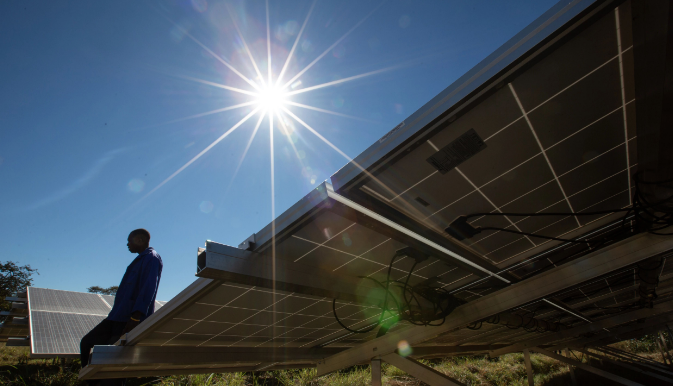At this point in its energy journey, South Africa must not only consider switching from conventional power grids to sustainable, green alternatives, but also make the shift. There is a greater need than ever for dependable and sustainable energy sources due to the world’s population growth and developing economy. This examines the different sustainable electricity solutions that South Africa is developing and putting into practice, providing insight into the nation’s efforts to become greener in the future
South Africa’s Energy Environment
Historically, coal has been a major component of South Africa’s energy sector, providing more than 70% of the nation’s electricity. Significant environmental and health problems, such as air pollution and greenhouse gas emissions, have been brought about by this reliance on fossil fuels. Nonetheless, South Africa has been compelled to investigate and make investments in renewable energy sources due to the world’s trend toward sustainability and the urgent need to tackle climate change.
Initiatives for Renewable Energy
Solar Power: Due to South Africa’s abundance of sunshine, solar energy is a very practical choice. The nation has come a long way in using this resource; multiple large-scale solar power facilities are currently up and running. One of the biggest solar farms in the world, the Solar Capital De Aar Project, demonstrates South Africa’s dedication to solar energy. Additionally growing in popularity are rooftop solar panels, which enable homes and businesses to produce their own electricity and lessen reliance on the grid.
Wind Energy: Another essential element of South Africa’s renewable energy plan is wind power. Excellent wind resources are available in the coastal regions, especially in the Eastern and Western Cape. Successful wind energy projects that are making a major contribution to the national grid are the Cookhouse Wind Farm and the Jeffreys Bay Wind Farm. In addition to producing clean energy, wind energy boosts regional economies and adds jobs.
Even though it isn’t as well-known as solar and wind energy, hydropower is nevertheless a crucial component of South Africa’s renewable energy mix. The Gariep and Vanderkloof dams are two of the nation’s hydroelectric facilities, which provide energy and aid in the management of water resources. In order to provide off-grid options, small-scale hydropower projects are also being investigated, especially in rural areas.

Advances in Energy Storage
The intermittent nature of renewable energy is one of its problems. South Africa is making investments in energy storage technologies to address this. Renewable energy projects are integrating battery storage systems to store excess electricity generated during peak hours and release it during periods of high demand. Building massive battery storage facilities, such as those envisioned for the Northern Cape, is essential to guaranteeing a steady and dependable power supply.
Investment and Policy
To encourage the use of renewable energy, the South African government has implemented a number of laws and incentives. Investment and private sector participation in the renewable energy sector have been greatly aided by the Renewable Energy Independent Power Producer Procurement Programme (REIPPPP). This initiative has improved the nation’s ability to produce renewable energy while simultaneously promoting economic growth and job creation.
Possibilities and Difficulties
Notwithstanding the advancements, South Africa’s switch to green energy nonetheless faces a number of obstacles. These include the requirement to modernize current infrastructure, regulatory obstacles, and budgetary limitations. Nonetheless, the advantages greatly surpass the difficulties. There are several advantages to switching to renewable energy, such as increased economic growth, environmental sustainability, and energy security.
In summary
The transition of South Africa from a grid to a green energy system demonstrates the nation’s dedication to a sustainable future. By adopting breakthrough technology and adopting renewable energy solutions, South Africa is setting the stage for a more successful, environmentally friendly, and cleaner future. The benefits of a sustainable energy landscape make the change worthwhile, notwithstanding its complexity.